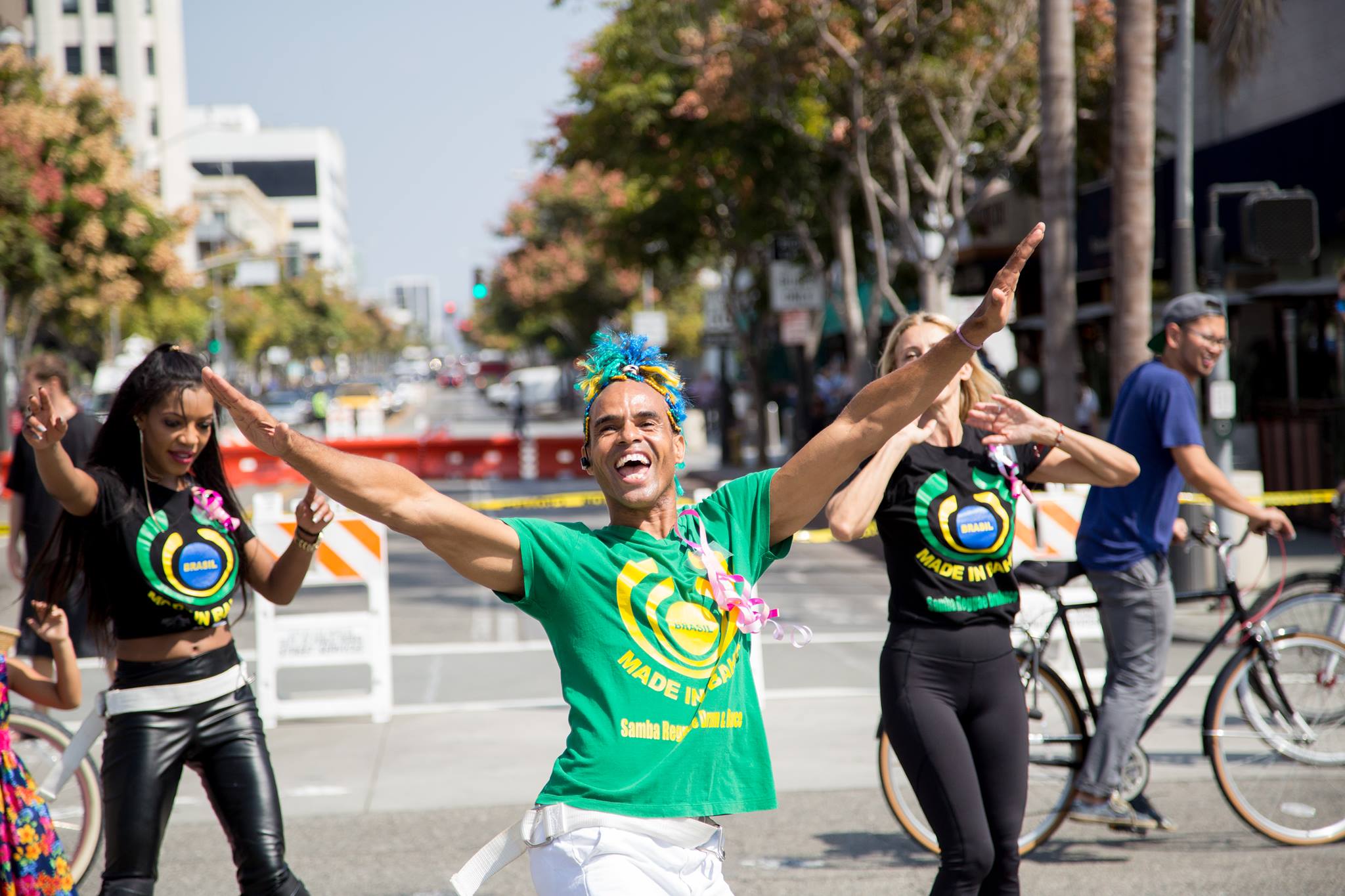

Samba no pe is a solo samba based on a basic 2/4 rhythm. It includes athletic movements and is based on a short-short-long rhythm. Samba de gafieira is often referred to as the ‘brazilian tango’ because many of the movements are inspired by argentine tango. Often seen in clubs and discos, it is a partner dance that is incredibly difficult to master. This style of samba became popular in the 1940s. Read on as we highlight a few of the different samba styles you may see on the dance floor. Samba started as a solo dance, but has evolved and found its way through nightclubs and ballrooms alike.

It is a quick dance paired with lively beats and has become a cultural identity for many Brazilians. Both schools offer dance and drumming classes weekly and provide opportunities for costume making.The Samba has a rich history with roots going back to the 19th century when African people introduced the dance to Brazil. Paraiso School of Samba, a newer school established in 2002, both registered charities. Unidos de Londres), founded in 1984, is a traditional community school, and G.R.E.S. In London you can find authentic private classes and well-established Samba schools The London School of Samba (G.R.E.S. The film plot is about the Brazilian Carnival and the social struggles of the black community in Rio de Janeiro.ħ. Also, watch the film Black Orpheus that won the Palme d'Or at the 1959 Cannes Film Festival and was written by the famous Brazilian poet and diplomat Vinicius de Moraes.

Samba street dance full#
When in Rio, visit the Samba Museum and Samba Matrix Memorial project in the Cartola Cultural Centre, full of testimonies of the people responsible for maintaining this tradition. The parade is also a competition, and each school strives to get the highest points for its music, appearance, floats, and harmony of processions.Ħ. The song is sung by the followers of the school and danced only by the dancers called passistas and the queen of the drums (Rainha de Bateria). Each year, each Samba school dances to its unique Samba Enredo - themed Samba song written on a specific theme that characterizes their parade. The event is so big that 14 cities across Brazil have their purpose-build Sambadrome.ĥ. Each of Brazil’s states has its own Carnival Parade that lasts one week, during a national holiday. A traditional Samba school has on an average 4000 members.Ĥ. Putting a Carnival parade together means employing dancers, choreographers, musicians, dressmakers, carpenters, and painters for a year. Samba schools are cultural but also economic and social institutions, providing for families and communities, who dedicate their lives to them. To name a few, the traditional Samba de Roda from the heart of Bahia, Jongo from South East, Samba no Pé and Samba Enredo from the schools of samba, the choreographed ballroom Samba de Gafieira, Chorinho from Rio de Janeiro, Samba Rock, a fusion of Samba and Soul that developed in the 60’s, and Samba-reggae and Pagode, which are very popular nowadays.ģ. There are many different expressions of Samba styles according to geographic location and social trends. In 100 years, it went from being a persecuted culture to the symbol of a nation.”Ģ. Samba is the official music of Brazil, recognized by UNESCO as the ‘Intangible Cultural Heritage of Humanity.’ The Brazilian composer and researcher Nei Lopes described it as “the most impressive phenomenon of the twentieth century.


 0 kommentar(er)
0 kommentar(er)
